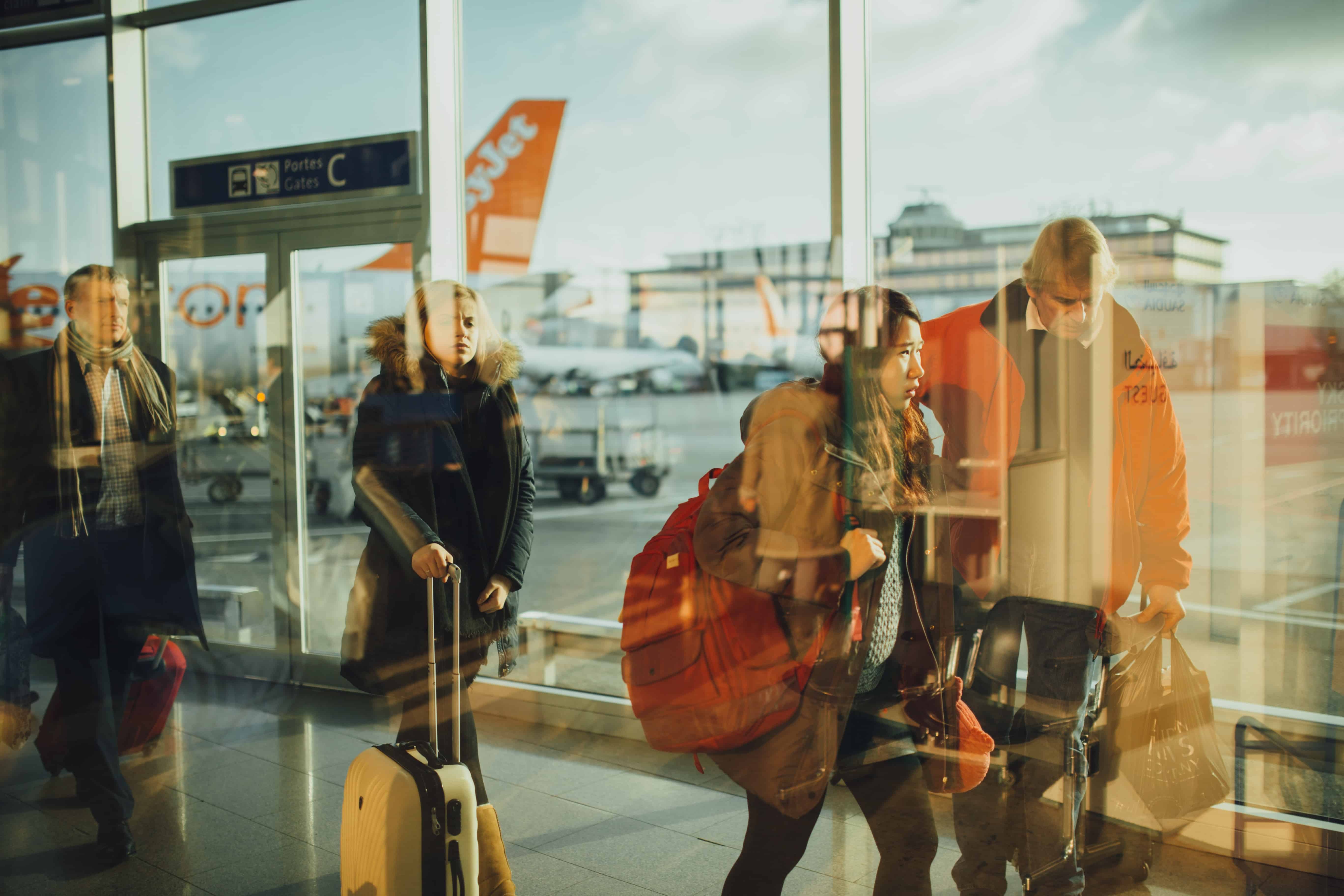I have an immense fear of flying. It’s a fear I’m convinced I brought onto myself by having adult onset anxiety (and no, that’s not a real term).
There was a time when I flew with ease, when the natural and inevitable turbulence during a flight didn’t activate any stress signals in my hypothalamus. The velocity during take off didn’t lead to shortness of breath or warmth spreading in my chest. Needless to say, none of the physical and mental struggles that occur now occurred back then.
I didn’t discover my fear of flying until a few weeks before my first trip to Europe, when I felt some mild aching in my chest. Telling people I was experiencing chest pain was usually met with a “What the fuck?” expression and a suggestion to go to the hospital. (As if I wasn’t anxious enough. So thanks for that, guys.) Nevertheless, I visited a walk-in clinic where an extremely old and extremely wise doctor asked me flat-out if I thought I might be afraid of flying.
“Well…I hadn’t really thought about it but yeah. I guess.”
I was promptly given a prescription for Ativan, which I admit I didn’t even use on that first flight. The peace of mind was enough for me, peace of mind that – should something send me over the edge – I now had a toolbox. My own little first aid kit to keep me safe. But that episode of ease was seemingly a fluke.
This past month, it was time to fly again. My dread had now doubled in size and was causing crippling anxiety. I knew I needed help and soon stumbled on an online fear-of-flying course designed by a retired pilot. The course was informative (amazing), free (bonus), and actually quite helpful (prepare for take off, boys). While I was always aware that flying is “the safest form of travel” and that you’re more likely to be harmed in a car than on a plane, none of these words ever truly resonated with me. I needed to be thoroughly educated on the safety procedures a plane goes through, the rigorous inspecting, and the continual training the pilots and flight attendants undergo each year.
I completed the readings, watched the videos and endured the unsettling flight simulations. But even with the course under my belt and all this new information stowed away (that’s a plane joke. Get it?), I was feeling more and more apprehensive as I counted down the days until I had to board this flying casket.
The day before I was supposed to leave, I booked an emergency session with my therapist, hoping she might impart some calming tactics that would aid me in case of a total freak-out. We meditated, we breathed, we applied Peppermint Halo to our respective brows, and the next day, it was time to fly. Shout out to Toronto for the fucking ice storm that closed down Pearson. Thankfully, our plane was one of few that still made it out after two hours of de-icing, and I was happy to be flying away from this “spring shower.”
The flight went smoothly. I had my toolbox: My Ativan, my Gravol, my best friend, and my wine (it was 10am). Despite feeling pretty grounded, I still had to visit the flight attendants at the back of the plane in a moment of panic. Now is the time I stress my appreciation toward flight attendants and what they do for passengers like me. I realize that I am no one special and these fine men and women are simply doing their job, but I have never felt so cared for in any other customer service sphere.
This is what they’re trained to do: to deescalate the irrational anxiety plaguing so many people out there, a lot of whom never speak up about their fears.
During this past trip, I learned how to fly. Well okay, not really. I still get tremendously scared. That feeling may never go away. Or perhaps it could through exposure therapy. But now I’ve got air travel down to a science: The second I board a plane and see flight attendants standing there to greet me, I immediately pull one of them aside and turn on the waterworks. (Not on purpose. It’s a biological inevitability, damn it!)
Communicating that I’m a nervous flier has actually led to some of the best flights of my life. To my surprise and delight, I was once bumped up to first class where I received the royal treatment, which included a snack of warm cashews and bottomless wine. On another occasion, I visited the cockpit and had a lovely (maybe even flirty?) conversation with my pilot. Most of the time though, the cabin crew will come over during turbulence, often assuring me that the pilot “said this would happen about now.” These things would have never occurred had I not been honest and vulnerable about my fears.
Sometimes it pays to be a nervous wreck. At the very least, you may have some extra bottles of wine slipped onto your lap. What’s not to like about that?



 Follow Us On Instagram
Follow Us On Instagram


 We’ve gathered
We’ve gathered 

 We’re giving aw
We’re giving aw Our Artist of the Month @ashleighrains spe
Our Artist of the Month @ashleighrains spe